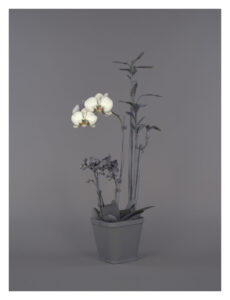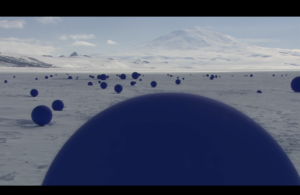Getting it down on paper: A different aspect of the Anderson Collection on view
…e and color (which later would be called “color-field painting”). Her “Monotype VII” has the same energetic feeling as “Approach” upstairs. In the painting, the staining is applied sparingly, so as to create more perspective space. The monotype, however, is a joyous expanse of color punctuated by tiny flashes of white that remind one of fireworks over the ocean. Linetzky said that the second exhibition, which w…





